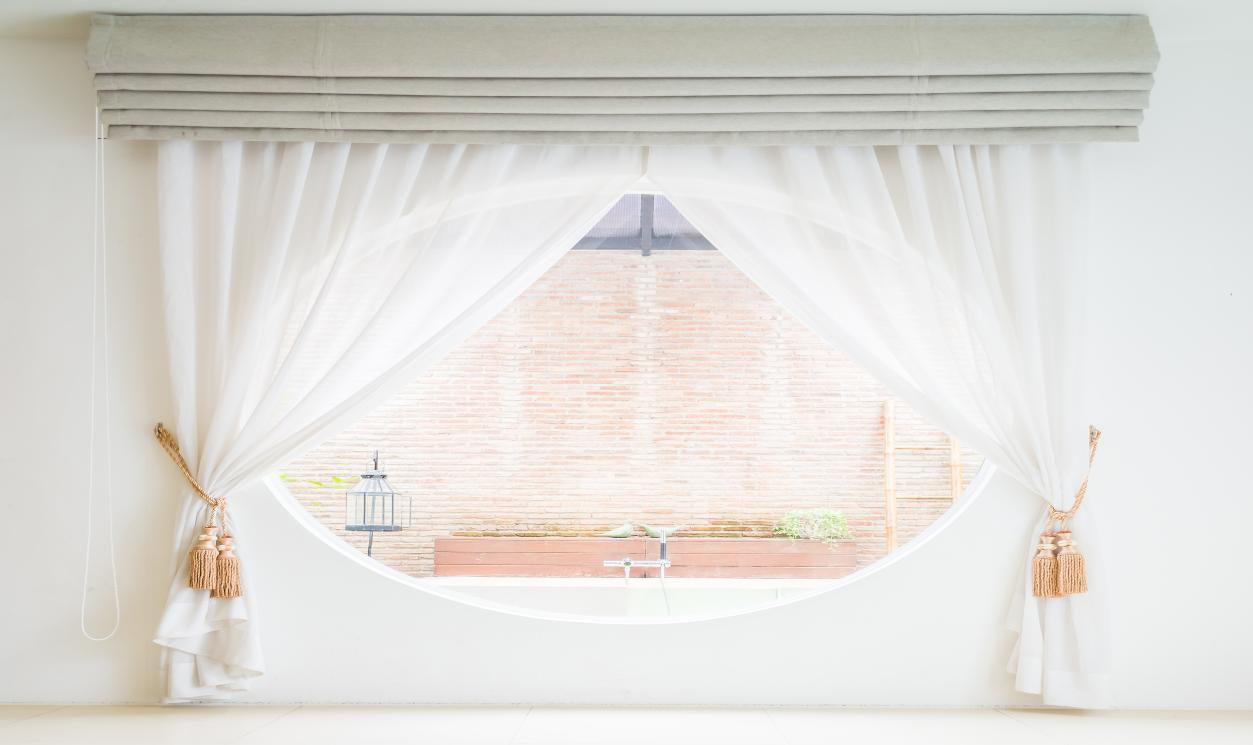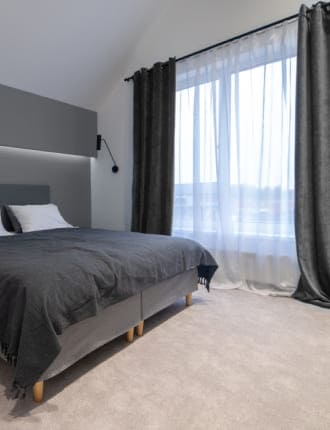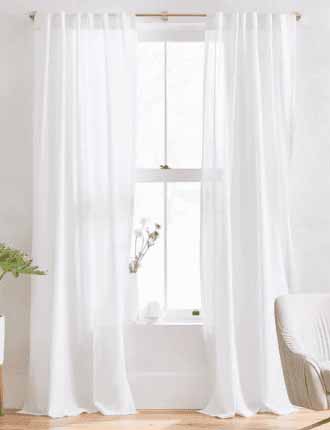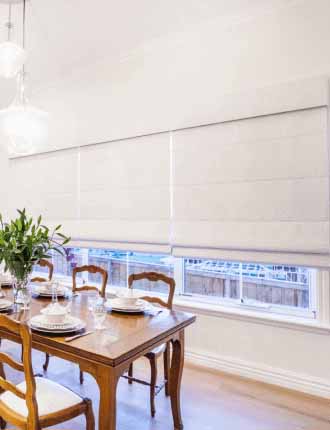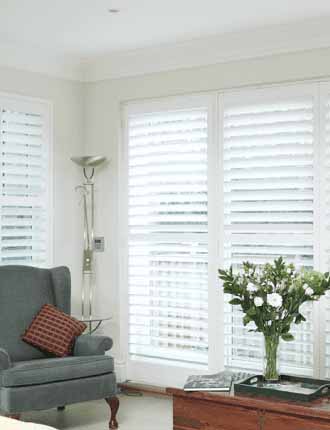Keeping your Venetian blinds spick and span can significantly enhance the aesthetic appeal of your interiors. Blinds on Demand offers a comprehensive guide on how to effectively maintain the pristine look of your Venetian blinds, ensuring they remain a stylish and functional component of your home decor. Venetian blinds, with their horizontal slats, have a tendency to collect dust and debris over time. Whether they are made from wood, plastic, or metal, the cleaning approach varies slightly to maintain their condition and functionality. Let’s dive into the methods that will keep your blinds looking their best.
- Key Takeaways:
- Step-by-Step Cleaning Guide
- Advanced Cleaning Techniques for Different Materials
- Tailored Tips for Specific Challenges
- Seasonal and Routine Maintenance
- Innovative Cleaning Tools and Products
- The Environmental Aspect of Blind Cleaning
- Personal Safety and Cleaning
- Enhancing Blind Longevity with Proper Maintenance
- Conclusion
- FAQs
Key Takeaways:
- Regular Maintenance: Dusting your blinds regularly can prevent the buildup of grime and make deep cleaning sessions less frequent.
- Appropriate Cleaning Agents: Use mild detergents for spot cleaning to avoid damaging the slats.
- Complete Drying: Always ensure your blinds are completely dry before rolling them up to prevent mold and warping.
Step-by-Step Cleaning Guide
- Initial Dust-Off: Start by gently dusting the blinds with a microfibre cloth or a duster. Extend the blinds fully and close them in one direction to clean the surface area. Turn them the opposite way and repeat to ensure all sides of each slat are reached.
- Vacuuming: Use the brush attachment on your vacuum cleaner to gently remove dust from the blinds. This method is particularly effective for deeper cleans and helps avoid accumulation of grime.
- Spot Cleaning: Mix a mild detergent with warm water. Dampen a cloth with this solution and wring it out well. Gently wipe each slat to remove any spots or stains. Avoid using harsh cleaning agents, especially on wooden blinds, as they can damage the finish.
- Deep Cleaning for Non-Wood Blinds: If your blinds are very dirty and are made from materials other than wood, you can take them down and wash them in a bathtub with warm soapy water. Use a soft brush to scrub gently, rinse thoroughly, and hang them to dry completely before reattaching them.
- Dry and Polish: Once cleaned, use a clean cloth to dry the slats thoroughly. For wooden and faux wood blinds, apply a suitable cleaner or polish to enhance their shine and protect the material.
Advanced Cleaning Techniques for Different Materials
Understanding the material of your Venetian blinds is crucial for choosing the right cleaning technique. Here’s how you can approach various materials:
- Wooden Blinds: Wooden Venetian blinds require careful handling to prevent water damage. Instead of using water, opt for wood-specific cleaners. Apply the cleaner on a soft cloth and gently wipe each slat. This not only cleans but also conditions the wood, preserving its luster and preventing drying or cracking.
- Faux Wood Blinds: Faux wood is more durable against moisture than natural wood. However, avoid soaking the blinds. A quick wipe with a damp cloth is sufficient, followed by a dry cloth to remove any moisture.
- Aluminum Blinds: Aluminum blinds can handle more rigorous washing. For a thorough clean, remove the blinds and lay them on a flat surface. Use a non-abrasive sponge and a mild detergent to gently scrub the slats.
- Plastic Blinds: Similar to aluminum, plastic blinds are resilient and can be cleaned with soapy water. They can even be soaked in a bathtub for deep cleaning. Use a soft brush to tackle any tough grime, rinse thoroughly, and ensure they are dry to avoid water spots.
Tailored Tips for Specific Challenges
Different environments and usage can lead to specific cleaning challenges. Here are tailored tips to address these unique situations:
- High Dust Areas: If you live in an area with high dust levels or have pets that shed, increase the frequency of your dusting routine. Using a static duster can be more effective as it attracts dust particles, making the process quicker and more efficient.
- Kitchen Blinds: Use a degreasing agent or a vinegar solution to cut through the grime. Ensure that the solution is suitable for the material of your blinds to avoid damage.
- Humidity and Mold: For areas with high humidity, like bathrooms, it’s essential to prevent mold growth. After cleaning, wipe the blinds dry and consider using a mildew-resistant spray designed for the specific material of your blinds.
Seasonal and Routine Maintenance
To ensure the longevity of your Venetian blinds, incorporate these practices into your seasonal and routine maintenance. For the best blinds for seasonal weather changes, consider how well they can withstand variations in temperature and humidity:
- Spring Cleaning: Incorporate the deep cleaning of blinds into your spring cleaning routine. This not only refreshes the look of your home but also prepares the blinds for the more allergen-heavy seasons.
- Winter Preparation: Before the onset of the colder months, ensure that your blinds are clean and dust-free. This helps in maintaining indoor air quality when windows are mostly closed.
- Visual Inspections: Regularly inspect your blinds for any signs of wear or damage. Addressing issues like frayed cords or bent slats early can prevent further damage and potentially costly repairs.
Innovative Cleaning Tools and Products
Investing in the right tools can make the task of cleaning your blinds easier and more effective. Consider these innovative options:
- Ultrasonic Blind Cleaners: For a thorough clean, ultrasonic cleaners use high-frequency sound waves to remove dirt and grime from blinds. This method is especially effective for delicate materials and intricate designs.
- Magnetic Dusters: These dusters are designed with opposing magnetic charges, which attract dust from both sides of the slats simultaneously, reducing the cleaning time.
- Robot Blinds Cleaners: New to the market, these automated devices can navigate the length of the blinds, providing a consistent clean with minimal effort from the user.
The Environmental Aspect of Blind Cleaning
Being mindful of the environment while cleaning your Venetian blinds is important. Here are some eco-friendly practices:
- Use Eco-Friendly Cleaning Solutions: Opt for biodegradable and non-toxic cleaning agents that are safer for the environment and your home.
- Reduce Water Use: When washing your blinds, try to use as little water as possible. This not only conserves water but also ensures quicker drying.
- Recycle Damaged Blinds: If your blinds are beyond repair, consider recycling them instead of throwing them away, especially if they are made of aluminum or plastic.
Personal Safety and Cleaning
Cleaning Venetian blinds is generally a safe task, but it’s essential to take certain precautions to prevent accidents:
- Use Stable Ladders: When reaching high windows, use a stable ladder and ensure it’s securely positioned before climbing.
- Wear Protective Gloves: If using chemical cleaners, wear gloves to protect your skin from potential irritants. Cleaning supplies and household chemicals often contain ingredients that can cause irritation or allergic reactions, so taking protective measures is essential.
- Avoid Overreaching: Move the ladder as needed to avoid overreaching, which could lead to falls or strain injuries.
Enhancing Blind Longevity with Proper Maintenance
To truly maximise the life of your Venetian blinds, incorporating a few advanced maintenance techniques can make all the difference. Here’s how you can ensure your blinds are not just clean, but also durable:
- Regular Adjustments: Periodically adjust the length and angle of your blinds. This prevents the cords and mechanisms from becoming stressed in one position, which can lead to wear and tear over time.
- Check Mechanisms: Inspect the pulley and twisting mechanisms every few months to ensure they are operating smoothly. Apply a silicone spray or a light lubricant if they start to feel stiff or squeaky, as this can prevent further damage.
- Avoid Overexposure to Sunlight: While Venetian blinds are meant to control light, overexposure to intense sunlight can fade and weaken the material over time, especially for fabric and wood blinds. Consider using UV protectant sprays for blinds situated in sun-drenched areas of your home.
- Educate Household Members: Teach all family members, including children, how to properly operate the blinds. Misuse can often lead to bent slats and damaged cords. Simple instructions on opening, closing, and adjusting the blinds can avoid unnecessary damage.
Conclusion
At Blinds on Demand, we are committed to helping you maintain the beauty and integrity of your blinds. Whether you need advice on cleaning techniques or are looking to explore new styles and materials, our team is here to assist you every step of the way. Don’t hesitate to reach out to us for more tips or to browse our extensive collection of quality Venetian blinds. Let us help you make every window in your home a statement of style and practicality.
FAQs
How often should I clean my Venetian blinds?
For general upkeep, dusting once a week is recommended. Perform a deep clean every six months or as needed.
Can I use a steam cleaner on my Venetian blinds?
It is advisable to avoid steam cleaning, especially on wooden blinds, as the high heat can warp or damage the material.
What is the best way to remove stubborn stains from blinds?
For stubborn stains, use a mild detergent mixed with water and gently scrub the affected area with a soft cloth. Always test a small area first to ensure it does not damage the finish.
Are there any products I should avoid using on my blinds?
Avoid using bleach or abrasive cleaners as they can strip the finish off your blinds and weaken the material.
Can I wash my metal or plastic Venetian blinds in the washing machine?
It is not recommended to wash blinds in a washing machine as it can cause permanent damage. Stick to hand washing or professional cleaning services for best results.


